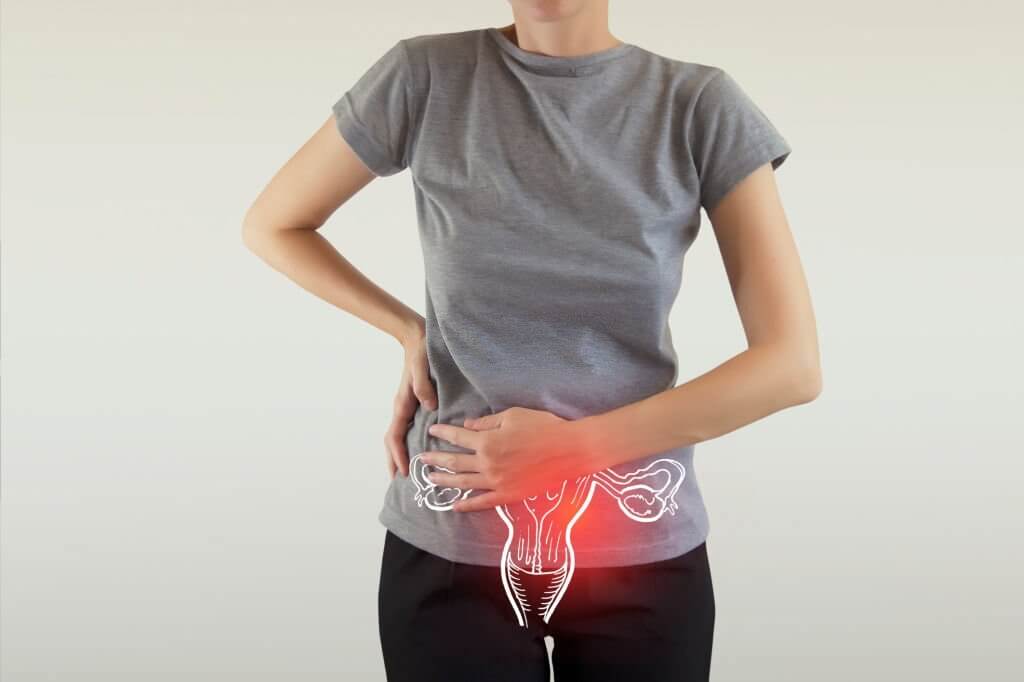HPV Infection: Pathogenesis, Screening, and Prevention

What is HPV infection?
Human Papillomavirus (HPV) infection is caused by a DNA virus that infects cutaneous and mucosal epithelial cells. There are over 100 types of HPV, approximately 40 of which can infect the genital tract. HPV is sexually transmitted and very common - most sexually active individuals will contract it at some point. While most infections are cleared by the immune system, persistent infection with high-risk HPV types is a necessary factor for the development of cervical cancer, the fourth most common cancer in women globally.
How is HPV infection detected?
HPV cannot be cultured, so diagnosis relies on molecular and immunological techniques. Southern blot hybridization and PCR allow detection of HPV DNA and typing. Detection of antibodies to HPV capsid proteins indicates past exposure, while antibodies to E6 and E7 oncoproteins are markers for malignant disease. Newer detection methods include Real-time PCR for viral load quantification and DNA microarrays. The pap smear allows indirect detection via cytological abnormalities. Colposcopy also aids diagnosis through magnified stereoscopic viewing of infected tissues.
What is the natural history and epidemiology of HPV infection?
Most HPV infections are transient, clearing within 1-2 years. However, persistent infection with high-risk types is a prerequisite for cancer development. HPV16 is the most carcinogenic type. Incidence peaks following sexual debut, reaching 10-15% annually in young women. Prevalence varies globally from 1.5% to over 30%, highest in Africa and South America. Duration is longer for high-risk types (median 8-12 months) compared to low-risk types (~6 months).
How does HPV infection lead to cervical cancer?
Cervical cancer develops through a series of steps: HPV infection, viral persistence, development of precancerous lesions (CIN), and invasion. Low-grade lesions (CIN1) represent productive transient infections. High-grade lesions (CIN2/3) have an increased risk of progression to cancer. It takes ~10 years from initial infection to cancer, explaining the peak cancer incidence at age 50 despite peak HPV acquisition at age 20.
What are the clinical manifestations of HPV?
HPV causes genital warts, laryngeal papillomas, and some oral papillomas. Skin warts are associated with cutaneous HPV types. Warts can be removed surgically or with drugs like podophyllotoxin, but treatment does not eliminate HPV. CIN is treated by loop electrosurgical excision which removes lesions with clear margins. Cervical cancer treatment options include surgery, chemotherapy, radiation, or combined modalities depending on cancer stage at diagnosis. Prognosis worsens with increasing stage.
How can HPV infection be prevented and treated?
Prophylactic HPV vaccines targeting major capsid protein L1 induce neutralizing antibodies and protect against initial infection. Therapeutic vaccines aim to treat existing infections by generating HPV-specific cell-mediated immune responses, but none are in clinical use yet. Further advances are needed to expand vaccine coverage, reduce costs, and develop therapeutic options. Meanwhile, secondary prevention via Pap screening remains crucial for early cancer detection and treatment.
Click to View → Mantacc Cervical Swabs
Reference
Gupta S, Palmer C, Bik EM, Cardenas JP, Nuñez H, Kraal L, Bird SW, Bowers J, Smith A, Walton NA, Goddard AD, Almonacid DE, Zneimer S, Richman J, Apte ZS. Self-Sampling for Human Papillomavirus Testing: Increased Cervical Cancer Screening Participation and Incorporation in International Screening Programs. Front Public Health. 2018 Apr 9;6:77. doi: 10.3389/fpubh.2018.00077. PMID: 29686981; PMCID: PMC5900042.
Related Posts
Is HPV Self-sampling The Future of Cervical Cancer Screening?
The Ideal Swab for HPV Testing
HPV in Men: Key Findings From The HIM Study
At-Home HPV Testing: The Gift of Cervical Cancer Prevention









